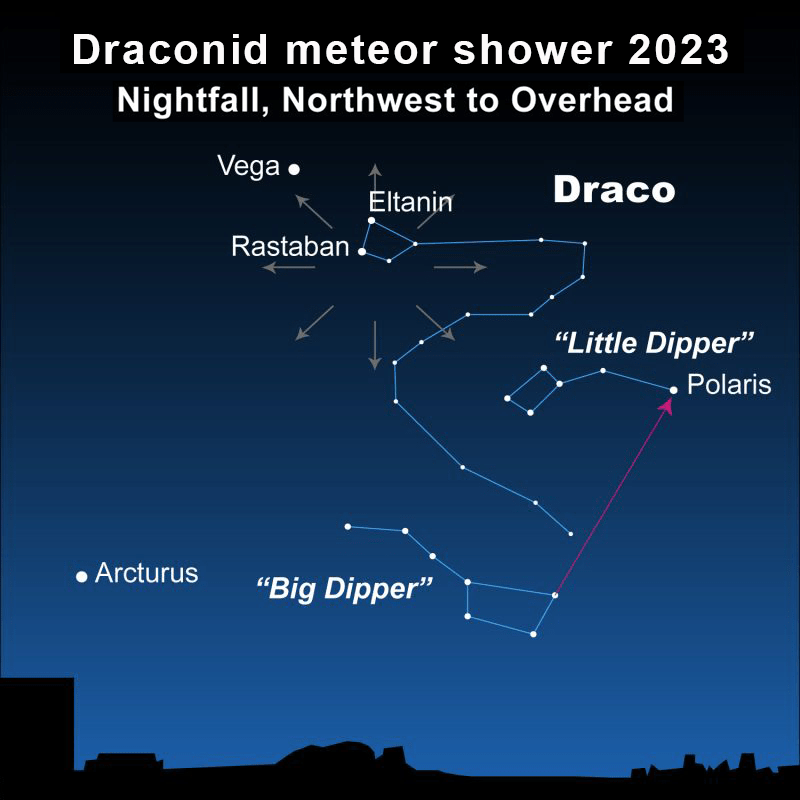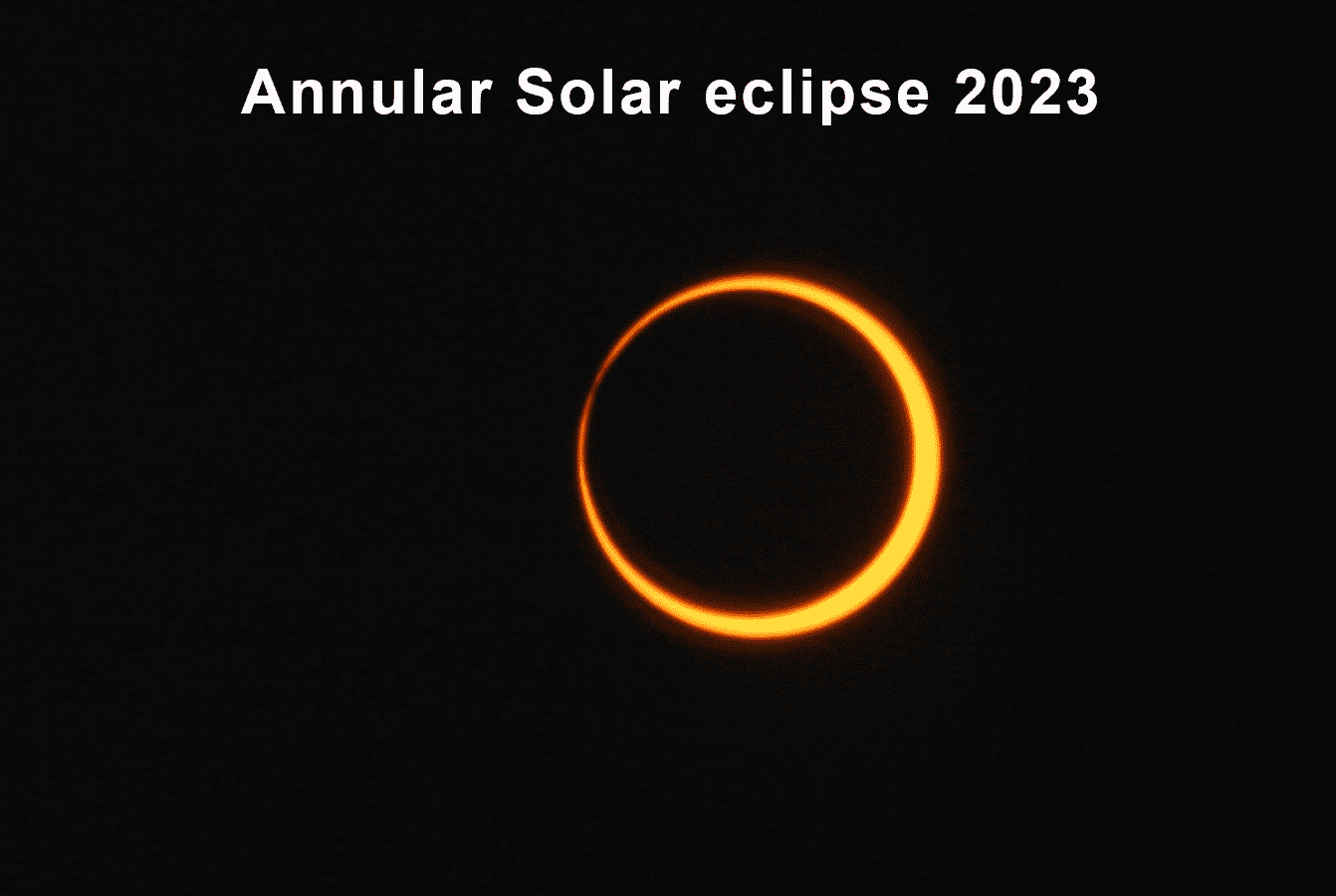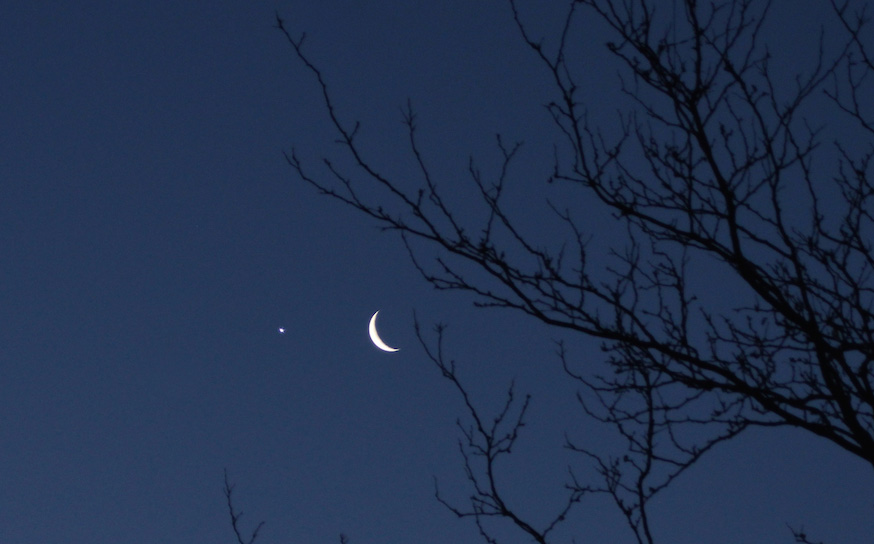As we step into the month of October, the clear night sky promises to be a celestial canvas of wonders, offering astrophiles a breathtaking array of astronomical events. From meteor showers and planetary alignments to lunar phenomena, October 2023 is filled with amazing celestial spectacles that will leave us in awe. So, mark your calendars, for some of the most amazing astronomical events that will illuminate our skies this October.
October 2 – Moon passes 3° North of Jupiter.
The Moon and Jupiter will appear very close together in the sky on the evening of October 2. This will be a great opportunity to see the two brightest objects in the night sky with the naked eye. You can also use a telescope to get a closer look at Jupiter’s four brightest moons i.e. Gynamede, Europa, Callisto, & Io, and its bright reddish brown cloud bands.

October 8- Draconid Meteor Shower 2023
The month kicks off with the annual Draconid meteor shower, which peaks on the night of October 8th into the early hours of October 9th. Named after the origin of radiant which is located in the constellation Draco, these meteors are remnants of the comet 21P/Giacobini-Zinner. Though not as prolific as Geminids Meteor Showers, the Draconids can surprise observers with brief bursts of activity, producing up to a dozen meteors per hour under ideal conditions. This year, the lack of moonlight during the peak will enhance visibility, making it an excellent opportunity for skywatchers to catch a glimpse of these “shooting stars.”

October 14- Annular solar eclipse 2023
Solar eclipses occur when the moon passes between the Earth and the Sun. This year an annular solar eclipse will occur on October 14. The eclipse is named an annular solar eclipse because the Moon passes in front of the Sun, but does not completely cover it. This leaves a ring of sunlight visible around the Moon also dubbed as the ring of fire. The eclipse will be visible from the United States, Mexico, Central America, and South America.

October 22- Orionid Meteor Shower
The Orionid meteor shower is one of the most anticipated meteor showers of the year, known for its fast and bright meteors. It is caused by the debris left behind by Halley’s Comet, and this year, it peaks on the night of October 22nd through the early hours of October 23rd. With the first quarter moon, the dark skies will enhance the visibility of the meteors. On average, you can see around 20 meteors per hour radiating from the Orion constellation.
October 24- Moon Passes 3° South of Saturn

The Moon will pass 3° south of Saturn in the constellation Aquarius. This conjunction will be visible to the naked eye and through binoculars. The Gibbous Moon will be 74% illuminated, and Saturn will be shining at a magnitude of 0.7, making it the brightest planet in the night sky after Jupiter.
October 28- Partial Lunar Eclipse
This subtle eclipse will occur when the moon passes through Earth’s shadow, causing a subtle shading on the moon’s surface. Although not as dramatic as a total lunar eclipse, it’s a breathtaking event for all the stargazers. The eclipse will be visible in India as well. So mark your calendars and don’t miss to take the snapshot of an amazing spectacle of the celestial wonder.
October 2023 is undoubtedly a month to look up and marvel at the wonders of our universe. From meteor showers and planetary conjunctions to a lunar eclipse, the night sky offers a myriad of astronomical events that cater to all the astrophiles. So, whether you’re a seasoned astronomer or just someone who enjoys gazing at the night sky, make sure to set aside some time this October to witness these celestial spectacles. It’s a reminder of the vast beauty that lies beyond our planet and a chance to connect with the cosmos that has intrigued humanity for centuries.



